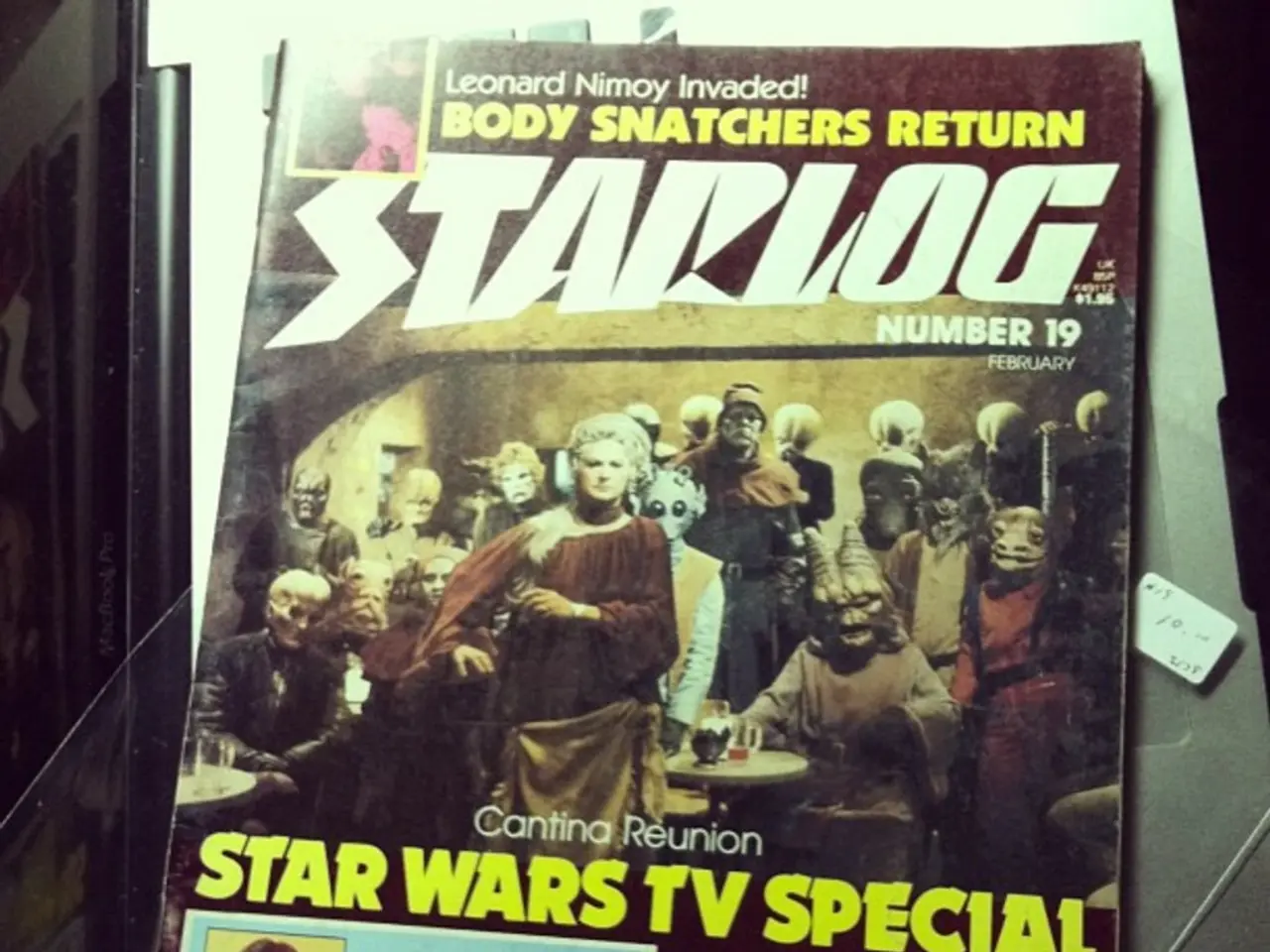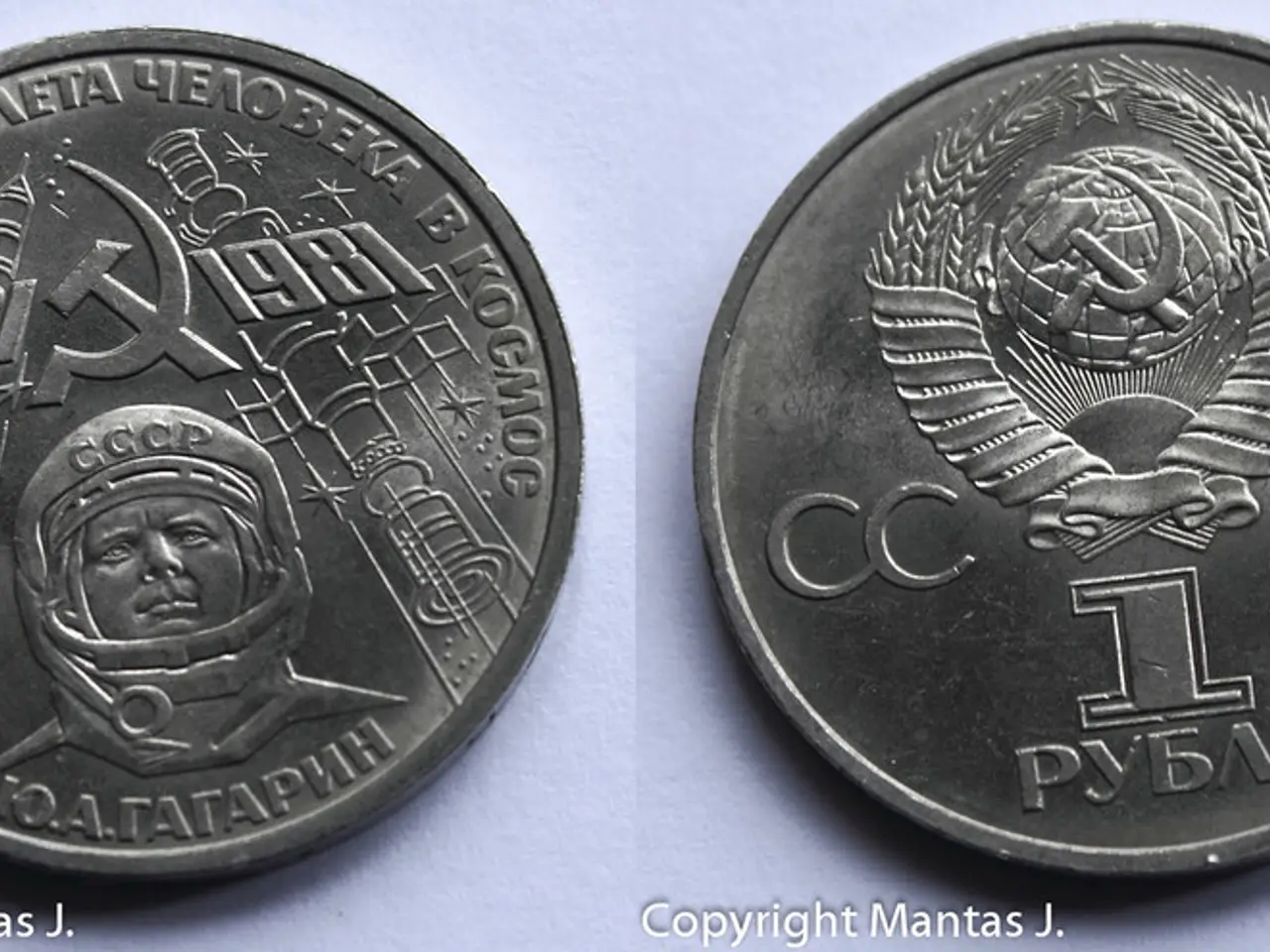2024 Milky Way Photography Contest Equipment Examination
Top Gear Used by Milky Way Photographers Revealed
The winners of the Milky Way Photographer of the Year award in 2024, as announced by Capture the Atlas, have showcased their expertise using a variety of cutting-edge equipment. While specific gear details per winner may not be published, the trends in astrophotography competitions and expert recommendations provide valuable insights into the tools preferred by top astrophotographers.
Cameras and Lenses
High-resolution DSLR or mirrorless cameras with at least 20 megapixels are commonly favored for capturing detailed night sky images. Professional or advanced amateur models from brands like Nikon, Canon, Sony, and dedicated astronomy cameras from ZWO are popular choices. Wide-angle lenses with fast apertures, such as f/2.8 or faster, are preferred for capturing expansive Milky Way panoramas. Focal lengths between 14mm and 35mm are often used, while telephoto lenses in the 70-300mm range may be employed for moon or eclipse photography.
According to an analysis by Anthony Robinson, the founder and owner of Skies & Scopes, the most popular camera models used are the Sony A7 III, Sony A7 IV, Canon EOS R6, Canon EOS 6D, Canon EOS R5, Nikon D810a, Nikon Z6, Sony A7S III, Canon EOS R, Nikon D810, Nikon Z7, Sony A7R III, Sony A7S, in that order. Sigma lenses are the most commonly used, followed by Sony and Tamron.
Star Trackers and Tripods
Portable star trackers like the Sky-Watcher Star Adventurer and iOptron SkyGuider are popular among amateurs and professionals for enabling long exposures without star trails during wide-field shots of the Milky Way. More advanced mounts with Go-To and computerized control offer high-precision tracking for deep-sky imaging.
Sturdy tripods are essential for stability during long exposures. Carbon fiber tripods are mostly used in Milky Way photography, with no dominant models. Brands known for reliability and solid construction are favored, though exact models used by winners are not specified.
Other Notable Equipment
The Fornax Mount LighTrack II, MoveShootMove NOMAD, and Omegon MiniTrack LX2 are also used, each by 7% of the winners. The iOptron SkyTrack Pro and Sky-Watcher Star Adventurer are the most popular star trackers, each used by 27% of the winners. The iOptron Sky Tracker Pro and Benro Polaris are also commonly used, with a 13% usage rate each.
It's worth noting that a majority of the winners use mirrorless cameras, and the vast majority of winners use astro-modified cameras. The data from the Milky Way Photographer of the Year awards for 2024 and 2025 can be downloaded from a specified link.
Mihail Minkov and Rositsa Dimitrova are among the winners of the 2024 awards, and only the Canon EOS 6D, Nikon D810, and Nikon D810a are DSLRs in the list. The data analysis is not a scientific study but is presented for entertainment purposes.
- High-resolution DSLR or mirrorless cameras with at least 20 megapixels, like the Sony A7 III or Canon EOS R6, are commonly favored by Milky Way photographers for detailed night sky images.
- Wide-angle lenses with fast apertures, such as f/2.8 or faster, are preferred for capturing expansive Milky Way panoramas by astrophotographers.
- Portable star trackers, such as the Sky-Watcher Star Adventurer, are popular among amateurs and professionals for enabling long exposures without star trails during Milky Way shots.
- Sturdy carbon fiber tripods are essential for stability during long exposures, with brands like Benro and Manfrotto being favored.
- Star trackers, such as the iOptron SkyTrack Pro, are the most popular among the winners, followed by the Sky-Watcher Star Adventurer.
- The Fornax Mount LighTrack II, MoveShootMove NOMAD, and Omegon MiniTrack LX2 are also used by a significant number of winners in case studies of successful astrophotography, along with various gadgets and technologies including gadgets like the MoveShootMove Jaw Dolly, the ZWO ASI1600MM Pro camera, and the Celestron Advanced VX mount.




